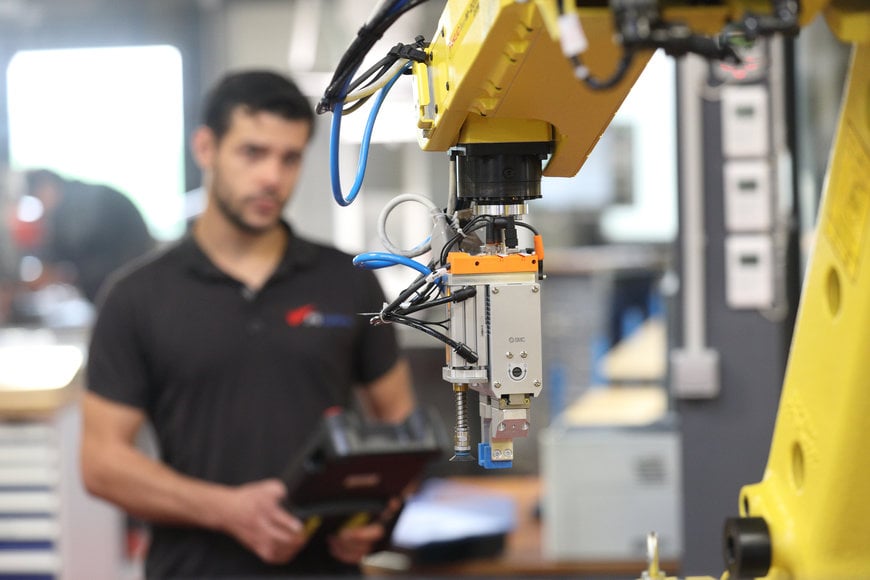www.industry-asia-pacific.com
04
'21
Written on Modified on
No Need to Concern Ourselves with the Rise of the Machines
By Damien Marc, CEO of JPB Système.

As has been the case since the Victorian age, innovation and technological development continues to positively impact our lives in an increasing number of ways – both from a personal and work perspective. In the case of the latter, be it automated machinery, 3D printing or IoT, to name a few, manufacturers across all key industry sectors continue to readily embrace and install new technologies to boost the productivity and efficiency of their operations.
Indeed, my own company is no different, pioneering the introduction of an Industry 4.0 workflow that has, via a connected factory floor, seen us improve productivity by successfully incorporating advanced robotised machines within our manufacturing activities.
There are undoubtedly huge advantages enjoyed by their utilisation and their integration will only increase. The sometimes-popular narrative suggests that robotised manufacturing lines come at the expense of human labour, and consequently result in job losses, but our own experience testifies that this is not always the case.
Humans need robots, robots need humans
What I, and I’m sure other manufacturing company bosses will acknowledge, is that it is more about analysing the particular requirements of a human workforce as production processes become more automated. That undoubtedly demands re-training and re-specialisation. From my own standpoint, this has seen us, for example, look at personnel who were previously undertaking assembly-based roles, and re-train them in functions like specialist welding activities. In this instance, those employees supervise their robot counterparts, who are programmed (by humans, of course) to take care of the more monotonous and systematic welding tasks, leaving our personnel to undertake the more technical and precise requirements of the role.
That these same employees are on a higher pay grade than they were previously is also worthy of note, although perhaps not the sole reason that the prospect of working alongside robots is so readily embraced by our workforce. Similarly, we also have other staff assigned on tasks that robots are not always able to do (such as verification and quality checks), while the latter takes care – quite literally – of the heavy lifting.
This is a clear example of how humans can work alongside robots in harmony, underscoring how technology is complementing the manpower as opposed to replacing it altogether. On the contrary; I should point out that my own company typically adds new employees every time we install a new robot.
As difficult as the last 20 months or so have been, I never had to permanently lose any of my team as a result of production slowdown. This is further proof that even across our heavily robotized and highly-productive Industry 4.0 enabled factory floor, humans remain integral to ensuring and maintaining manufacturing workflow.
Right now, JPB Système is currently full steam ahead on construction of a new state-of-the-art production facility. Naturally, we’ll be looking to deploy a robotized workforce as part of the overall production workforce. But, further underscoring my last point, we are also planning to create a significant number of new jobs on the factory floor, which goes to show that, if our example is anything to go by, the manufacturing industry is not about to call time on human labour any time soon.
www.jpb-systeme.com

